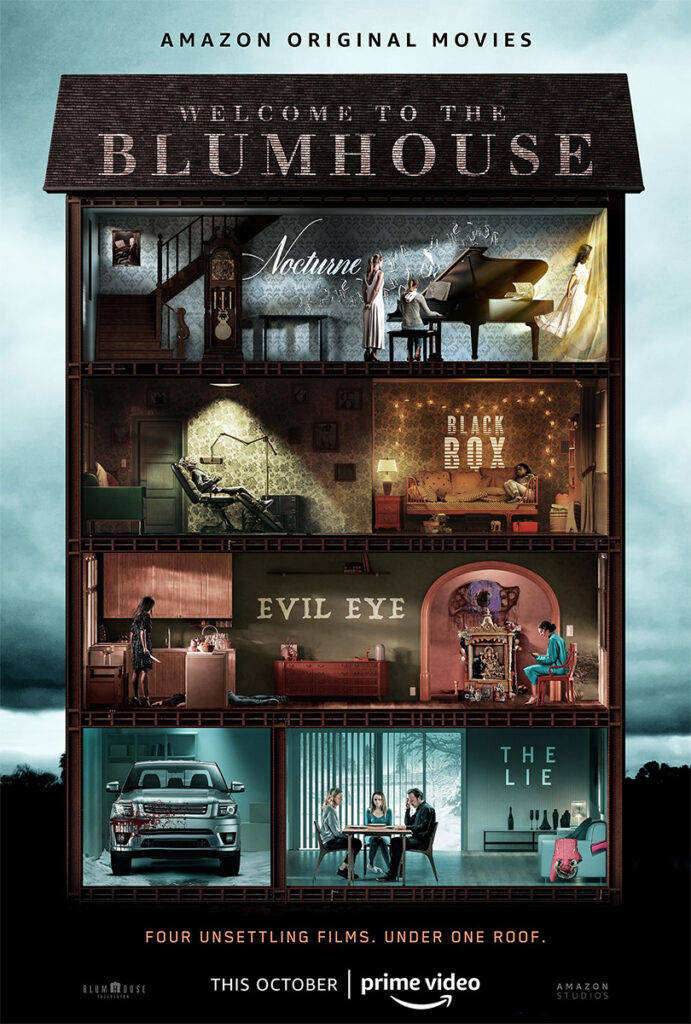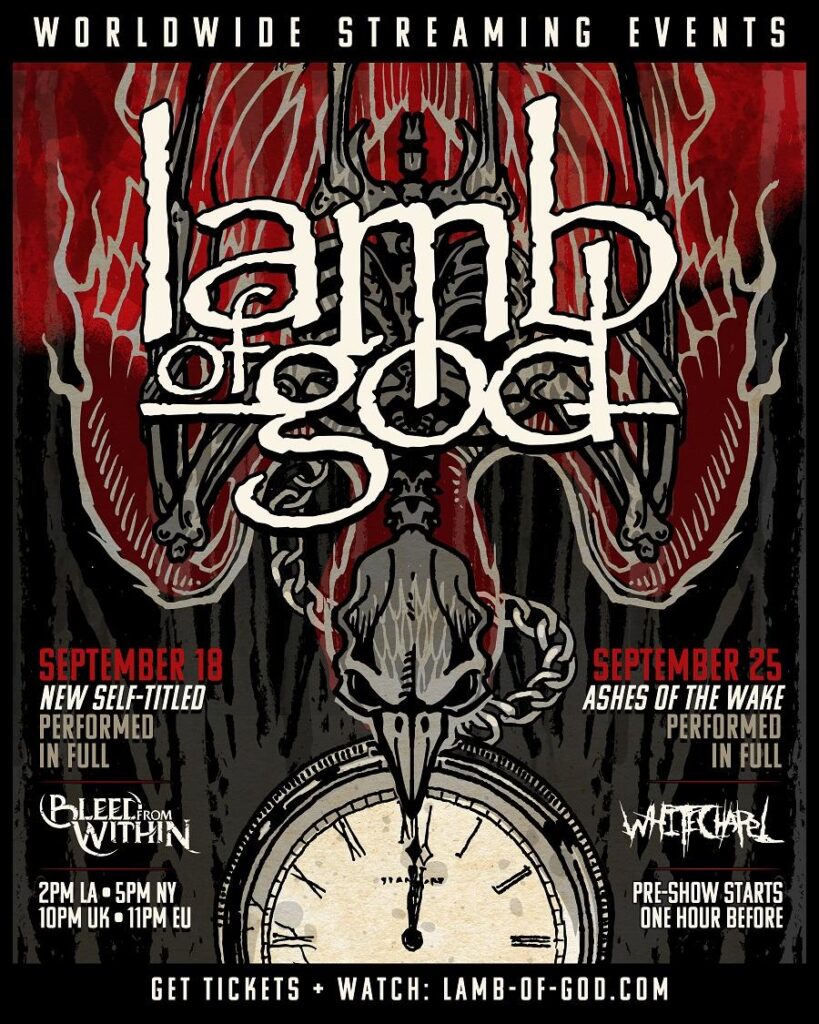Without knowing the basics of live streaming, getting started might seem to be quite hard and intimidating. If you want to start streaming, understand the fundamentals of online video streaming and learn the most basics quickly, this article will surely help you achieve this.
Firstly, and most importantly, you need to think about the equipment that you will need. This will help you produce the right quality content that you want to achieve. When it comes to video and audio you will surely need cameras, computer screens, microphones. Mixers and background sounds to be played during the stream. To encode the video, you will need a computer software or a standalone hardware that transforms a video and sends it over to the Internet. You will then need to think about which streaming destinations you would like to use and stream your live videos within. The most popular ones include YouTube, Vimeo, Facebook and Twitch. Lastly but crucially, you need to be connected to a stable internet connection so that your live stream does not freeze and buffer, or worst shut down entirely.
The video source is known as the stream of video data and likely, an audio source is known as the stream of audio. Your stream might include just one type of streams or a combination of both. Such combination is referred to as scenes. For the video sources, one can use a DSLR camera such as Nikon, desktop screen, webcam, phone camera or a camcorder. When streaming live, you do not need to worry about storage scape on your video source. The audio source can come from a USB microphone, an audio file or from a handheld device. If the same device is used for both the video and the audio, the audio will be automatically embedded in the video source. When editing in background music in your live stream be cautious as different platforms monitor such music and can flag you for copyrighted content. This can result in you being banned completely from the platform.
When it comes to video encoding you will notice how it is crucial to have. This will translate the video signal and transform it in a way that can be used for the Internet. This software will compress and convert incoming audio and video into a digital format. Unfortunately, most video sources are not equipped with an encoder. You will find three types of encoding devices, including a mobile phone or tablet, a desktop computer installed with streaming software, and a hardware encoder. Although a mobile phone might be the easy way to live stream, unfortunately, it is extremely limited when it comes to the live production capabilities.
Online sites and platforms that allow you to live stream are known as the streaming destination or content delivery networks. Some of the popular networks include YouTube, Facebook and Twitch. This all depends on what you are going to live stream. If you wish to record yourself trying your luck at online casinos, then we recommend that you take a look at MrCasinova’s live stream. Most networks mentioned are offered for free. When it comes to paid platforms, these offer you with control over how your streaming is presented, who your audience is and the monetization. Such platforms include Vimeo, Dacast and StreamShark offer monthly plans according to your wants and how much data you upload. Some platforms require you to go through additional steps and wait for a few hours before you are allowed to go live.
Most importantly, a stable internet connection is a crucial part of live streaming and the known to be reliable connection is through a hardwired line. Unfortunately, Wi-Fi and cellular seem to fluctuate from time to time. Always test your performance speed before and make sure to have approximately 1.5x your stream’s bitrate available.
This is known to be a very broad topic, and everyone has their own preference. However, this article provides you with a general look at how you can live stream. Understanding the basics is very important and with some practice you will surely get there.












